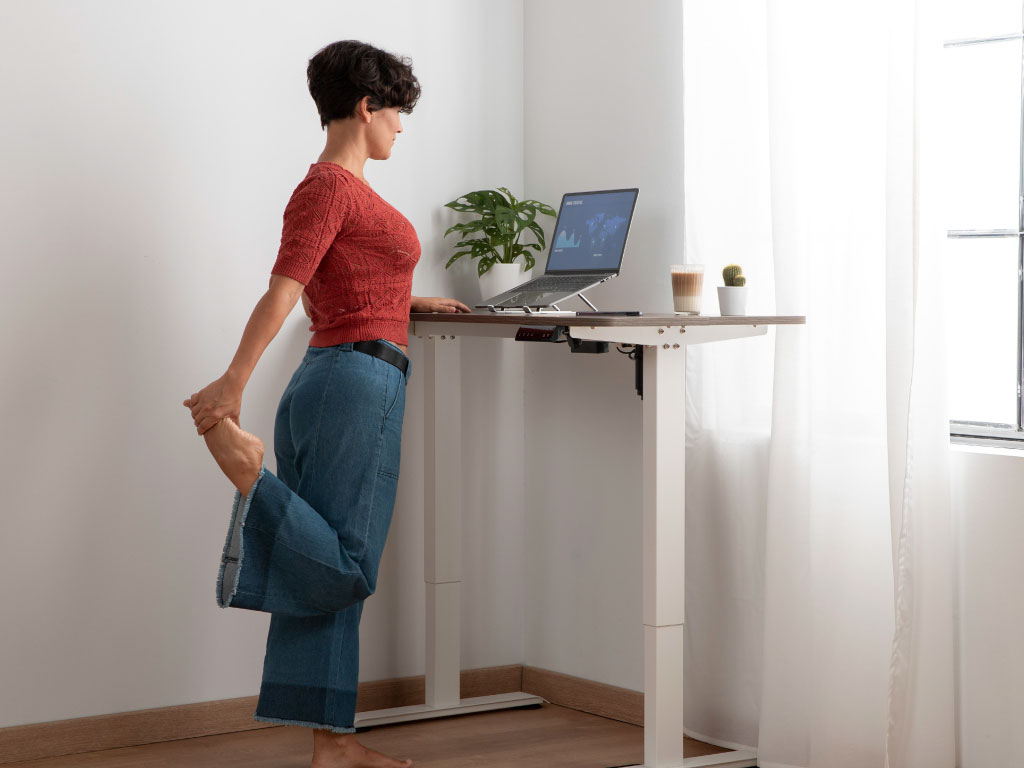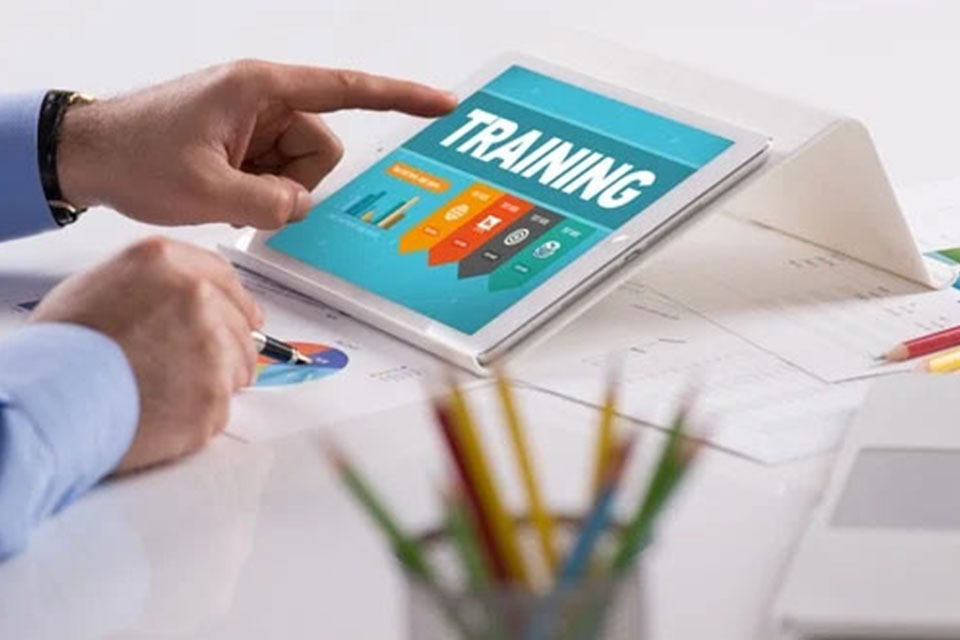Since COVID shutdowns and the work from home revolution, there’s been a lot of discussion about making a home space conducive to working. But what about being a student or learner at home and having a good home learning environment? It’s just as important as a working environment, and in fact, you may have to use the same space for both work and learning and be able to nimbly switch between the two. Here at THORS, elearning content is our business, but we also understand that learning environments are important. There are many ways to make your home learning environment more learning-friendly. A few ideas and links follow.
Quiet!
The average person would say they need quiet in order to study or learn. While each person is different, your sound environment matters, and what you can hear is important to your productivity and attention. Some may prefer absolute quiet, while others prefer some type of music playing in the background, or some type of white noise. If you hear kids bickering or dishes being moved around or the TV blaring, none of those sounds are conducive to learning. Some things you can do to quiet or shut out background noise in your home learning environment include a white noise machine with all sorts of soundscape options. Or maybe you’d rather get noise-cancelling headphones for blissful silence or for playing music. Lastly, if you’re in an open area of your home where you don’t have a door you can close, consider hanging curtains as a buffer to help absorb sound.

Use Smell to Trigger Memory
The next time you are preparing to study, try lighting a candle, using wax melts, running a tabletop humidifier with essential oils, or even lighting incense, to get yourself into the right mindset. Maybe when you are ready for school, you light a nice bright-smelling citrus candle while reserving a different smell, say peppermint, for work. This will help you get your mind ready for each scenario. The more often you light the same candle before starting your schoolwork, the more your brain registers the scent and knows what to anticipate next. It really works!

Make it Ergonomic
It is so important to have the right chair and the right desk for doing work in a way that supports your body. For you, that might mean using a walking desk or a desk that raises and lowers for changing positions. Whatever the case may be, make sure you are sitting in a way that supports you during your long stints studying so as to not get up stiff and sore at the end of your session. This means setting the right height between chair and desk and possibly using a special pillow for your back, for example.
Another important item that needs to be checked for ergonomics is your keyboard and mouse. Ergonomic keyboards, keyboard wrist supports, ergonomic mouse, and mouse wrist supports are all easily available in a variety of styles and patterns. Do some research and choose the ones that work for you and your home learning environment.
Maintain Temperature Control
It’s no fun trying to focus on your studies when you’re freezing cold or sweating through your shirt. Temperature and a comfortable environment are important parts of the learning environment.
If you’re cold, dress more warmly, even if it’s summer. Think about wearing layers. Maybe you keep a cardigan on the back of your chair at all times and tuck a small space heater under your desk. Fingerless gloves may help keep your hands warm as will a nice hot beverage in your favorite mug. A hot pad you can microwave for your lap or back is also a nice warming touch.
If you’re warm, get a small desktop fan that can be directed right at you. If possible, get a ceiling fan installed or put a larger floor fan on the opposite side of the room to keep stirring the air of your home learning environment. There are also cooling packs available for the back of your neck. And you should probably keep icy cold drinks on the desk at all times. Finally, check on the heat coming out of your computer. It might need a new fan so it’s not contributing to the heat in the room.
Keep it Moving
Did you know there are pedals that can go beneath your desk to keep your legs going while you work? They’re great for keeping your legs from getting stiff from too much sitting. An upright desk with a treadmill for walking or running can keep the thought juices flowing as well. If you’re prone to fidgeting, there are fidget platforms with a ball in the center which goes under your feet so your feet stay on the move. Some people prefer a yoga ball to sit on while working, which can also help keep your core and legs toned. There are a lot of different options to keep your body moving while you learn at home with THORS.

Shed Some Light on Your Work
Is the room too bright? Hate those overhead lights? Do your eyes become fatigued when you’ve been staring at the screen for hours? It might be time to make some changes to your lighting situation. Keep the overhead lights off and bring some lamps into your room. Some 3-way lightbulbs would allow you to adjust the amount of light you need throughout the day.
It might also be time to consider reading glasses or blue light glasses, or combination blue light reading glasses, depending on your situation. You can also dim your screen light, download a screen light adjuster like F.lux, or get a special physical screen that hangs over your monitor to make looking at your screen easier to tolerate.
Conclusion
Basically, if you want to learn well, your home learning environment should ideally touch on all five senses: hearing, touch, taste, smell, and sight. You may find you have to light a candle, put on fingerless gloves, have water to drink nearby, put on your noise cancelling headphones, and some blue light glasses, and rest your feet on your soft mat to get going. Each person will have a different set of learning needs. What do yours include?



